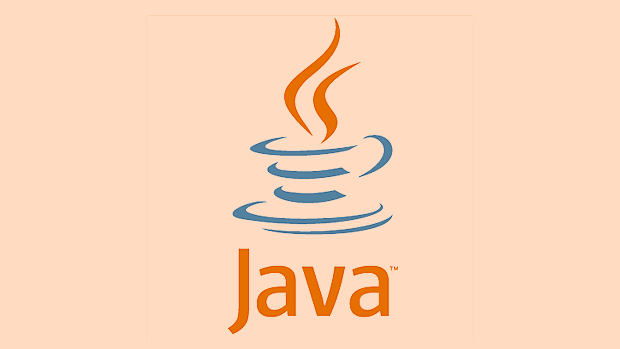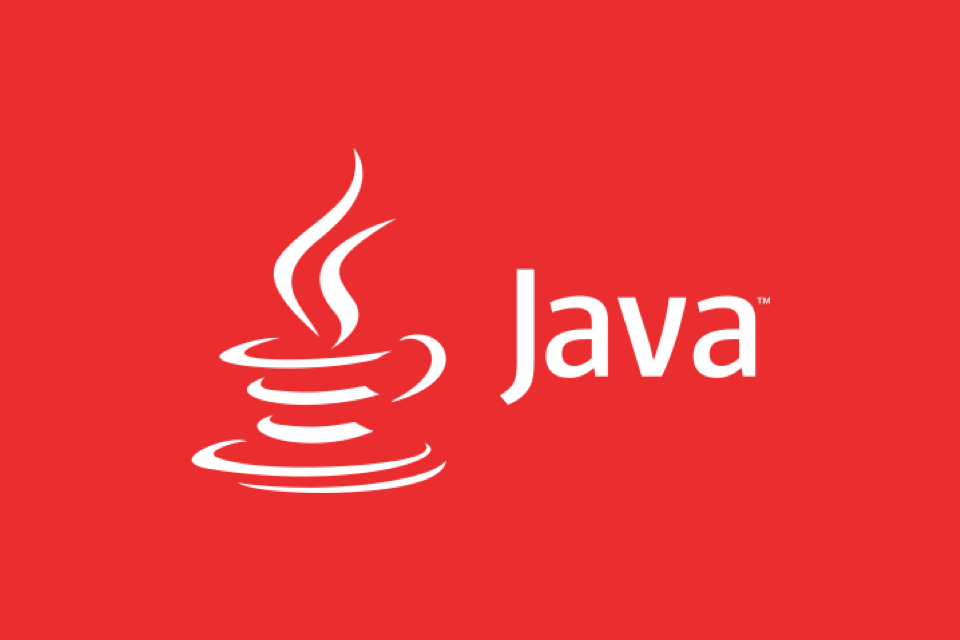Advanced Java Reflection for Dynamic Proxy Generation
Jul 21, 2025 am 02:37 AMDynamic proxy is a technology that dynamically generates proxy objects at runtime, and its core lies in the java.lang.reflect.Proxy class and the InvocationHandler interface. By implementing the InvocationHandler interface to define proxy behavior and using the Proxy.newProxyInstance() method to create proxy objects, you can intercept method calls and insert custom logic, such as logging, permission checking, etc. Application scenarios include Spring AOP, performance monitoring, remote call packaging, etc. It should be noted that JDK dynamic proxy only supports interface proxy, high-frequency calls have performance overhead, and complex logic may affect maintenance. Mastering dynamic proxying helps develop more flexible applications and understand mainstream framework principles.

Java's reflection mechanism is already very powerful, but when you start to touch Dynamic Proxy, you will truly appreciate its flexibility in handling objects and interfaces at runtime. If you are already familiar with basic reflection operations and want to further master more advanced applications in Java, understanding how to use reflection to generate dynamic proxy is a key step.

What is a dynamic proxy?
Dynamic proxy does not determine a good class at the compile time, but dynamically generates proxy objects based on interfaces or classes at runtime. Its core lies in java.lang.reflect.Proxy class and InvocationHandler interface. Through them, you can insert custom logic such as logs, transaction control, permission checking, etc. without modifying the original class.
To give a simple example: you want to record the method name and parameters before calling a service interface, and you can use a dynamic proxy to intercept the call and add additional behavior.

The basic structure of dynamic proxy
To create a dynamic proxy object, there are two main parts:
- Implementing the InvocationHandler interface : Responsible for defining the behavior of the proxy object when executing methods.
- Use the Proxy.newProxyInstance() method : Pass in the class loader, the target interface array, and the InvocationHandler instance to generate the proxy object.
MyInterface proxy = (MyInterface) Proxy.newProxyInstance(
target.getClass().getClassLoader(),
new Class[]{MyInterface.class},
new MyInvocationHandler(target)
); InvocationHandler is the key in this process. Every time a method of the proxy object is called, it will enter its invoke() method. You can do various enhancements here.

The functions and techniques of InvocationHandler
InvocationHandler is the core logic of dynamic proxy. It has only one method invoke(Object proxy, Method method, Object[] args) , where:
-
proxyis the proxy object itself (usually not available) -
methodis the method object being called -
argsis a method parameter
In this method, you can decide whether to call the original object's method, or directly return the simulation result, throw an exception, etc.
Some practical tips include:
- Intercept specific methods for enhancement (for example, add cache only for methods starting with "get")
- Recording the time spent invoking method
- Unified handling of exception packaging
- Control access rights
Sample code snippet:
public Object invoke(Object proxy, Method method, Object[] args) throws Throwable {
if (method.getName().startsWith("get")) {
System.out.println("Before calling: " method.getName());
Object result = method.invoke(target, args);
System.out.println("After calling: " method.getName());
return result;
} else {
return method.invoke(target, args);
}
}Here we only process the get method before and after printing, and other methods remain called as-is.
Practical application scenarios of dynamic proxy
Dynamic proxy is widely used in many frameworks, such as Spring AOP, Hibernate lazy loading, Mock frameworks (such as Mockito), etc. Understanding these applications can help you better understand their value.
Common uses include:
- Logging and performance monitoring
- Security control and permission verification
- Remote Call Encapsulation (RMI)
- Mock object generation in unit tests
- Cache implementation (such as method-level cache)
Let me give you a practical example: Spring AOP is implemented based on dynamic proxy. When you use the @Transactional annotation, Spring creates a proxy for your bean, which automatically starts and commits transactions before and after the method is executed.
Precautions and limitations
Although dynamic proxy functions are powerful, you should also pay attention to the following points when using it:
- Only the proxy implements the interface class (JDK dynamic proxy). If you need to proxy classes without interfaces, you must use bytecode enhancement tools such as CGLIB.
- The performance overhead is slightly high, not suitable for high-frequency calling scenarios
- The stack information may not be intuitive enough during debugging
- It is not recommended to do too complex logic in the agent, which can easily affect maintainability.
Basically that's it. Mastering dynamic proxying will allow you to write more flexible and scalable Java applications, and will also help you better understand the working principles behind mainstream frameworks.
The above is the detailed content of Advanced Java Reflection for Dynamic Proxy Generation. For more information, please follow other related articles on the PHP Chinese website!

Hot AI Tools

Undress AI Tool
Undress images for free

Undresser.AI Undress
AI-powered app for creating realistic nude photos

AI Clothes Remover
Online AI tool for removing clothes from photos.

Clothoff.io
AI clothes remover

Video Face Swap
Swap faces in any video effortlessly with our completely free AI face swap tool!

Hot Article

Hot Tools

Notepad++7.3.1
Easy-to-use and free code editor

SublimeText3 Chinese version
Chinese version, very easy to use

Zend Studio 13.0.1
Powerful PHP integrated development environment

Dreamweaver CS6
Visual web development tools

SublimeText3 Mac version
God-level code editing software (SublimeText3)
 How to handle transactions in Java with JDBC?
Aug 02, 2025 pm 12:29 PM
How to handle transactions in Java with JDBC?
Aug 02, 2025 pm 12:29 PM
To correctly handle JDBC transactions, you must first turn off the automatic commit mode, then perform multiple operations, and finally commit or rollback according to the results; 1. Call conn.setAutoCommit(false) to start the transaction; 2. Execute multiple SQL operations, such as INSERT and UPDATE; 3. Call conn.commit() if all operations are successful, and call conn.rollback() if an exception occurs to ensure data consistency; at the same time, try-with-resources should be used to manage resources, properly handle exceptions and close connections to avoid connection leakage; in addition, it is recommended to use connection pools and set save points to achieve partial rollback, and keep transactions as short as possible to improve performance.
 Understanding the Java Virtual Machine (JVM) Internals
Aug 01, 2025 am 06:31 AM
Understanding the Java Virtual Machine (JVM) Internals
Aug 01, 2025 am 06:31 AM
TheJVMenablesJava’s"writeonce,runanywhere"capabilitybyexecutingbytecodethroughfourmaincomponents:1.TheClassLoaderSubsystemloads,links,andinitializes.classfilesusingbootstrap,extension,andapplicationclassloaders,ensuringsecureandlazyclassloa
 How to work with Calendar in Java?
Aug 02, 2025 am 02:38 AM
How to work with Calendar in Java?
Aug 02, 2025 am 02:38 AM
Use classes in the java.time package to replace the old Date and Calendar classes; 2. Get the current date and time through LocalDate, LocalDateTime and LocalTime; 3. Create a specific date and time using the of() method; 4. Use the plus/minus method to immutably increase and decrease the time; 5. Use ZonedDateTime and ZoneId to process the time zone; 6. Format and parse date strings through DateTimeFormatter; 7. Use Instant to be compatible with the old date types when necessary; date processing in modern Java should give priority to using java.timeAPI, which provides clear, immutable and linear
 Comparing Java Frameworks: Spring Boot vs Quarkus vs Micronaut
Aug 04, 2025 pm 12:48 PM
Comparing Java Frameworks: Spring Boot vs Quarkus vs Micronaut
Aug 04, 2025 pm 12:48 PM
Pre-formanceTartuptimeMoryusage, Quarkusandmicronautleadduetocompile-Timeprocessingandgraalvsupport, Withquarkusoftenperforminglightbetterine ServerLess scenarios.2.Thyvelopecosyste,
 How does garbage collection work in Java?
Aug 02, 2025 pm 01:55 PM
How does garbage collection work in Java?
Aug 02, 2025 pm 01:55 PM
Java's garbage collection (GC) is a mechanism that automatically manages memory, which reduces the risk of memory leakage by reclaiming unreachable objects. 1.GC judges the accessibility of the object from the root object (such as stack variables, active threads, static fields, etc.), and unreachable objects are marked as garbage. 2. Based on the mark-clearing algorithm, mark all reachable objects and clear unmarked objects. 3. Adopt a generational collection strategy: the new generation (Eden, S0, S1) frequently executes MinorGC; the elderly performs less but takes longer to perform MajorGC; Metaspace stores class metadata. 4. JVM provides a variety of GC devices: SerialGC is suitable for small applications; ParallelGC improves throughput; CMS reduces
 Understanding Network Ports and Firewalls
Aug 01, 2025 am 06:40 AM
Understanding Network Ports and Firewalls
Aug 01, 2025 am 06:40 AM
Networkportsandfirewallsworktogethertoenablecommunicationwhileensuringsecurity.1.Networkportsarevirtualendpointsnumbered0–65535,withwell-knownportslike80(HTTP),443(HTTPS),22(SSH),and25(SMTP)identifyingspecificservices.2.PortsoperateoverTCP(reliable,c
 go by example defer statement explained
Aug 02, 2025 am 06:26 AM
go by example defer statement explained
Aug 02, 2025 am 06:26 AM
defer is used to perform specified operations before the function returns, such as cleaning resources; parameters are evaluated immediately when defer, and the functions are executed in the order of last-in-first-out (LIFO); 1. Multiple defers are executed in reverse order of declarations; 2. Commonly used for secure cleaning such as file closing; 3. The named return value can be modified; 4. It will be executed even if panic occurs, suitable for recovery; 5. Avoid abuse of defer in loops to prevent resource leakage; correct use can improve code security and readability.
 Comparing Java Build Tools: Maven vs. Gradle
Aug 03, 2025 pm 01:36 PM
Comparing Java Build Tools: Maven vs. Gradle
Aug 03, 2025 pm 01:36 PM
Gradleisthebetterchoiceformostnewprojectsduetoitssuperiorflexibility,performance,andmoderntoolingsupport.1.Gradle’sGroovy/KotlinDSLismoreconciseandexpressivethanMaven’sverboseXML.2.GradleoutperformsMaveninbuildspeedwithincrementalcompilation,buildcac






